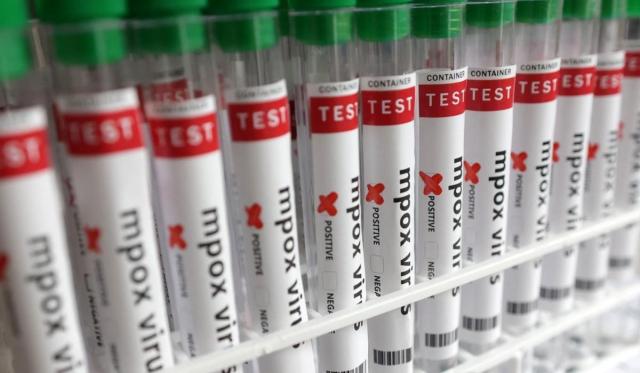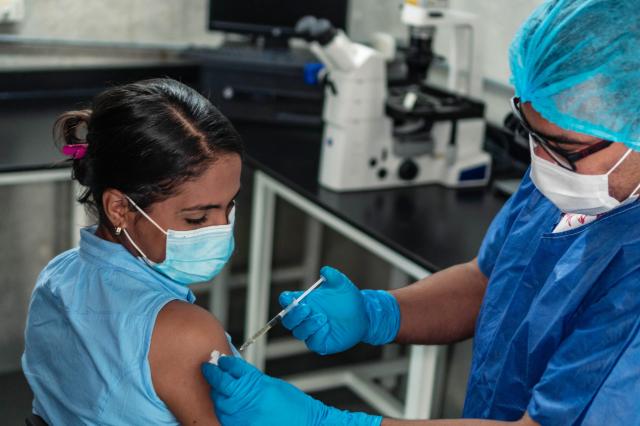This multi-trigger mechanism will be designed for rapid response and high efficiency, capable of tracking and providing early warnings for new infectious diseases, unexplained mass illnesses, and key infectious threats. The National Disease Control and Prevention Administration, along with other relevant authorities, outlined these goals in guidelines released last Friday.
The guidelines aim to elevate China's epidemic detection capabilities to world-class standards, focusing on early identification, scientific assessment, and prompt warning issuance. The document clearly defines the roles of disease control departments and healthcare institutions in monitoring and alerting for infectious diseases.
To broaden infectious disease surveillance, the plan proposes expanding eight monitoring channels, including clinical syndrome observation, pathogenic microbiology analysis, and surveillance of host animals and environmental risk factors.
To boost early warning and forecasting abilities, the guidelines suggest improving methods for verifying abnormal trigger signals and leveraging technologies like big data, cloud computing, and artificial intelligence to automatically detect unusual patterns indicating potential disease outbreaks.
The plan also calls for developing a diverse, multi-scenario model library using algorithm models and knowledge graphs to predict epidemic trends. The guidelines emphasize that effective disease surveillance and early warning are critical for preventing and mitigating infectious disease risks, protecting public health, and maintaining socioeconomic stability.
The administration has committed to enhancing interdepartmental coordination to ensure these guidelines are effectively implemented.
Copyright ⓒ Aju Press All rights reserved.




